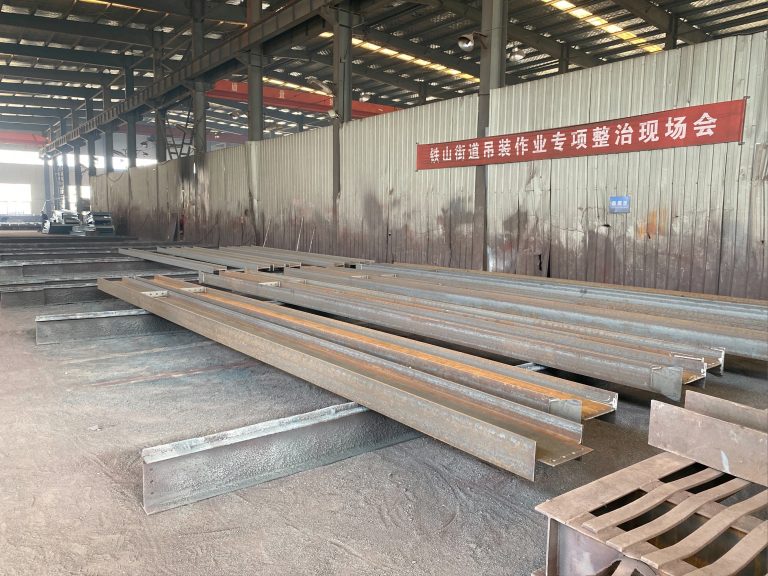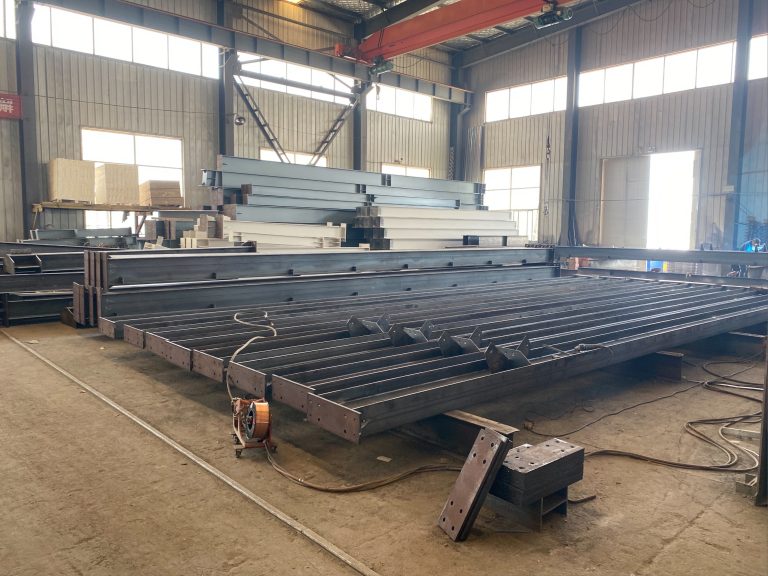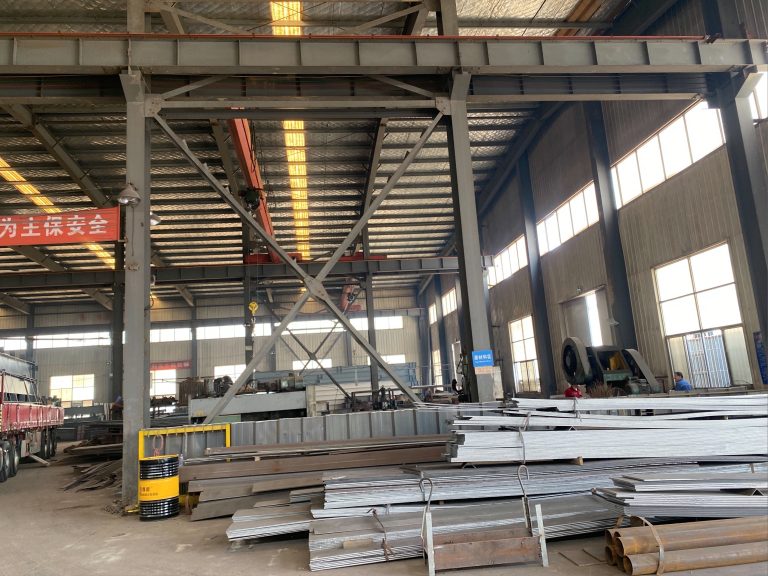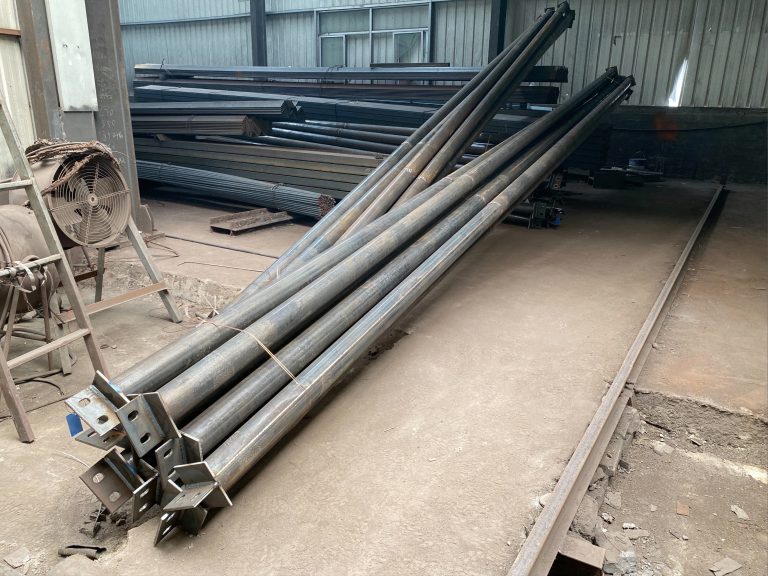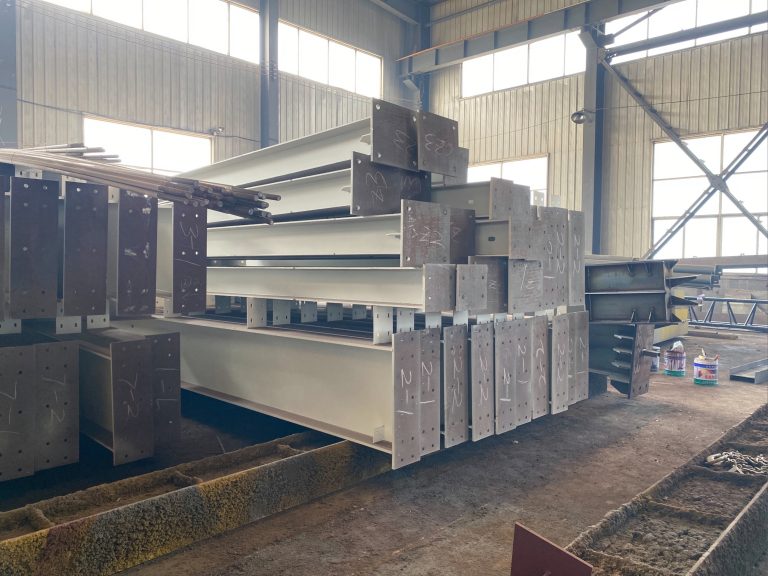Application of steel structure in transportation hub construction
Table of Contents
Advantages of Using Steel Structure in Transportation Hub Construction
Steel has been a popular material in construction for many years, and its versatility and strength make it an ideal choice for a wide range of applications. One area where steel has proven to be particularly beneficial is in the construction of transportation hubs. Whether it’s an airport, train station, or bus terminal, steel structures offer a number of advantages that make them the preferred choice for these types of projects.
One of the primary advantages of using steel in transportation hub construction is its strength and durability. Steel is able to withstand heavy loads and harsh weather conditions, making it an ideal material for large, open spaces such as those found in transportation hubs. This strength also allows for longer spans and fewer columns, creating a more open and flexible space that can easily accommodate the needs of a busy transportation hub.
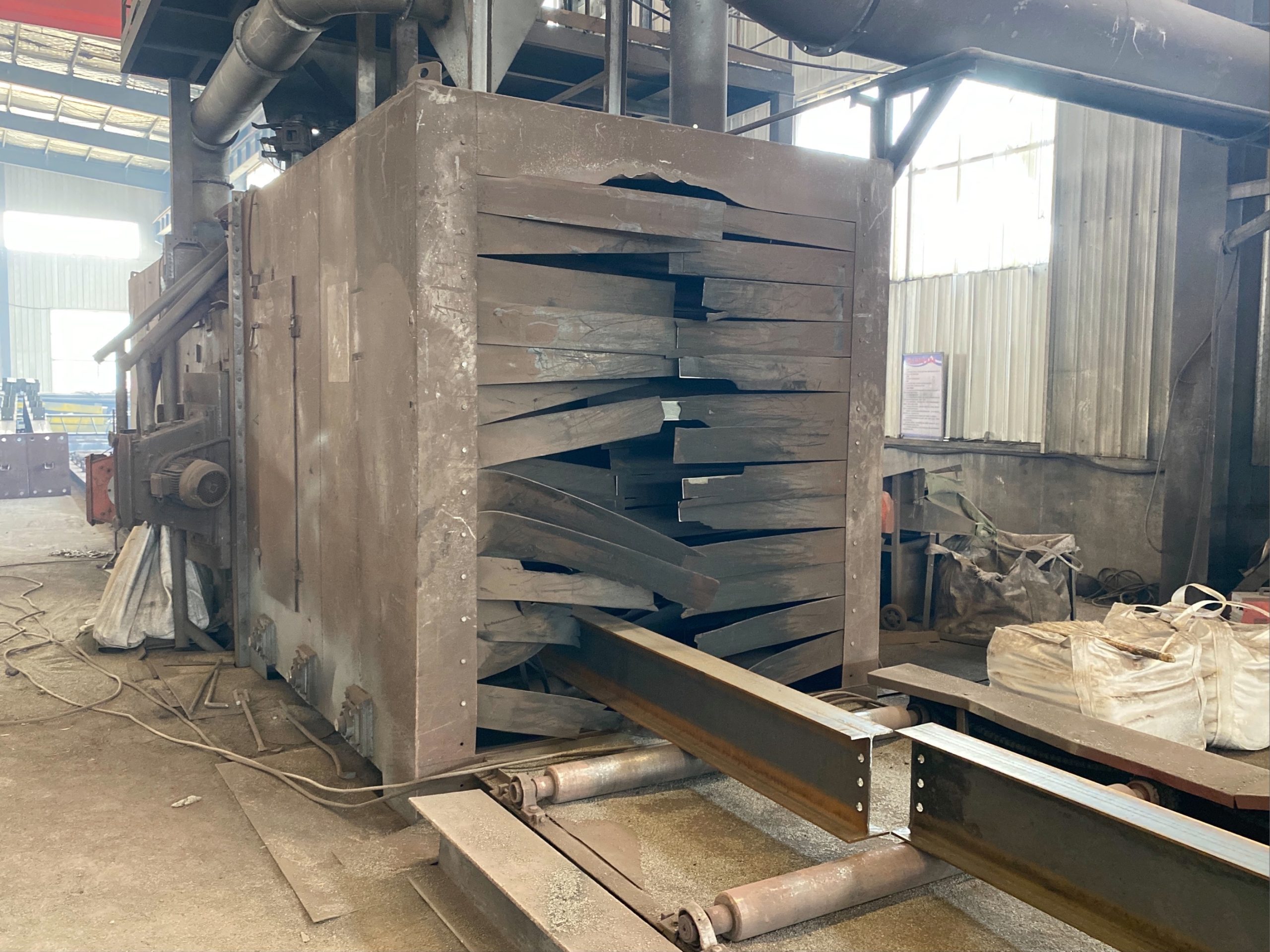
In addition to its strength, steel is also a highly versatile material that can be easily customized to meet the specific needs of a transportation hub. This flexibility allows for the creation of unique and innovative designs that can help to enhance the overall aesthetic of the space. Whether it’s a soaring, open-air terminal or a sleek, modern train station, steel can be used to create a wide range of architectural styles that can help to make a transportation hub a more inviting and functional space.
Another advantage of using steel in transportation hub construction is its speed of construction. Steel structures can be prefabricated off-site and then quickly assembled on-site, reducing the overall construction time and minimizing disruption to the surrounding area. This can be particularly beneficial for transportation hubs, which often need to remain operational throughout the construction process. By using steel, construction can be completed more quickly, allowing for a faster return to normal operations.
Steel structures also offer environmental benefits, as they are often made from recycled materials and can be easily recycled at the end of their lifespan. This can help to reduce the environmental impact of transportation hub construction and make it a more sustainable option for future generations. Additionally, steel structures are often more energy-efficient than traditional construction materials, helping to reduce the overall carbon footprint of a transportation hub.
Finally, steel structures are also highly cost-effective, offering a high level of performance at a relatively low cost. This can be particularly beneficial for transportation hubs, which often have tight budgets and strict timelines. By using steel, transportation hubs can be built more efficiently and cost-effectively, allowing for the creation of high-quality, functional spaces that can meet the needs of both travelers and operators.
In conclusion, the application of steel structure in transportation hub construction offers a wide range of advantages that make it the preferred choice for these types of projects. From its strength and durability to its versatility and cost-effectiveness, steel has proven to be an ideal material for creating innovative and functional transportation hubs that can meet the needs of both travelers and operators. As the demand for efficient and sustainable transportation continues to grow, steel will likely continue to play a key role in the construction of transportation hubs around the world.
Case Studies of Successful Application of Steel Structure in Transportation Hub Construction
Steel structures have long been a popular choice in the construction industry due to their durability, strength, and versatility. In recent years, the application of steel structures in transportation hub construction has become increasingly common. This article will explore several case studies of successful applications of steel structures in transportation hub construction, highlighting the benefits and advantages of using steel in these projects.
One notable example of the successful application of steel structures in transportation hub construction is the Fulton Center in New York City. The Fulton Center is a major transportation hub located in Lower Manhattan, serving as a nexus for several subway lines and providing connections to various modes of transportation. The complex design of the Fulton Center required a material that could support large spans and intricate architectural features, making steel the ideal choice for the project.
The use of steel in the construction of the Fulton Center allowed for the creation of a visually striking and functional space. The steel structure provided the necessary strength and support for the building’s unique design, which features a dramatic oculus that floods the interior with natural light. Additionally, the use of steel allowed for the construction of large open spaces and soaring ceilings, creating a sense of openness and connectivity within the transportation hub.
Another example of the successful application of steel structures in transportation hub construction is the King’s Cross Railway Station in London. The redevelopment of King’s Cross Railway Station involved the construction of a new concourse and entrance, as well as the restoration of the historic train shed. Steel was used extensively in the construction of the new concourse, providing the necessary strength and flexibility to support the building’s complex design.
The use of steel in the construction of the King’s Cross Railway Station allowed for the creation of a modern and efficient transportation hub. The steel structure provided the necessary support for the building’s large spans and intricate architectural features, while also allowing for the integration of sustainable design elements such as natural ventilation and daylighting. The result is a transportation hub that is not only visually striking but also environmentally friendly and energy-efficient.
In addition to the Fulton Center and King’s Cross Railway Station, there are numerous other examples of successful applications of steel structures in transportation hub construction around the world. From the iconic steel arches of the Sydney Harbour Bridge to the sleek steel and glass design of the Canary Wharf Crossrail Station in London, steel has proven to be a versatile and reliable material for creating innovative and functional transportation hubs.
In conclusion, the application of steel structures in transportation hub construction offers numerous benefits and advantages. Steel provides the necessary strength, flexibility, and durability to support complex architectural designs and large spans, making it an ideal choice for projects that require a combination of form and function. The case studies highlighted in this article demonstrate the successful application of steel structures in transportation hub construction, showcasing the versatility and effectiveness of steel in creating modern and efficient transportation hubs.

